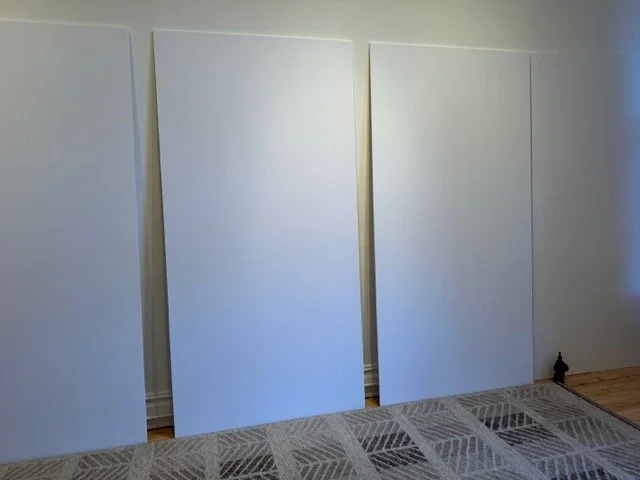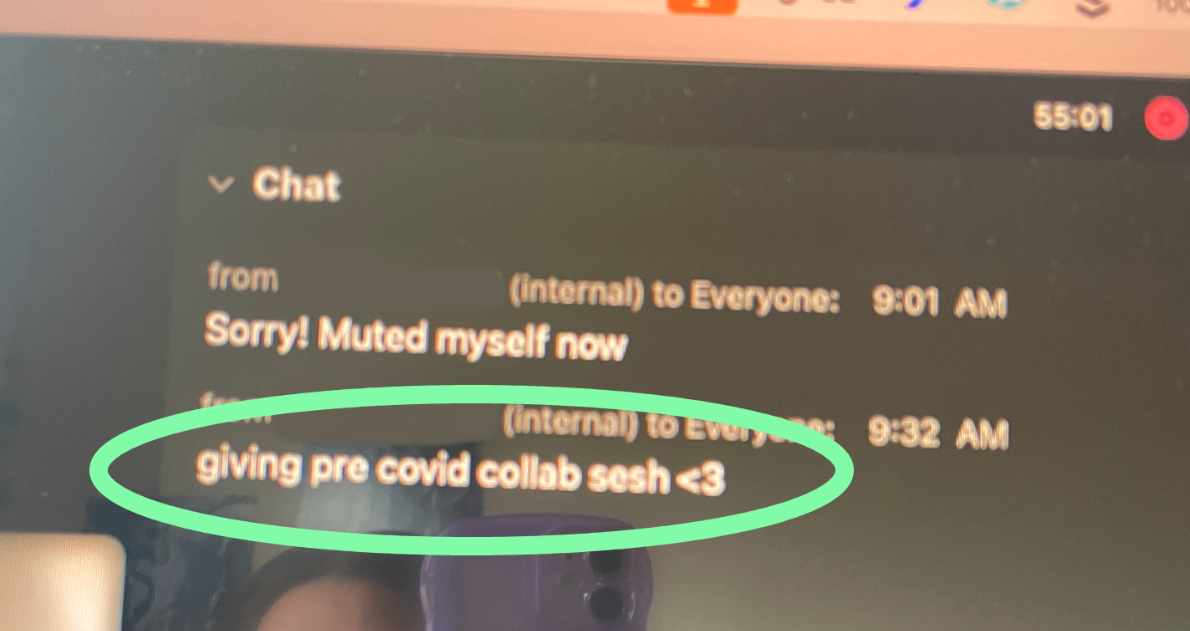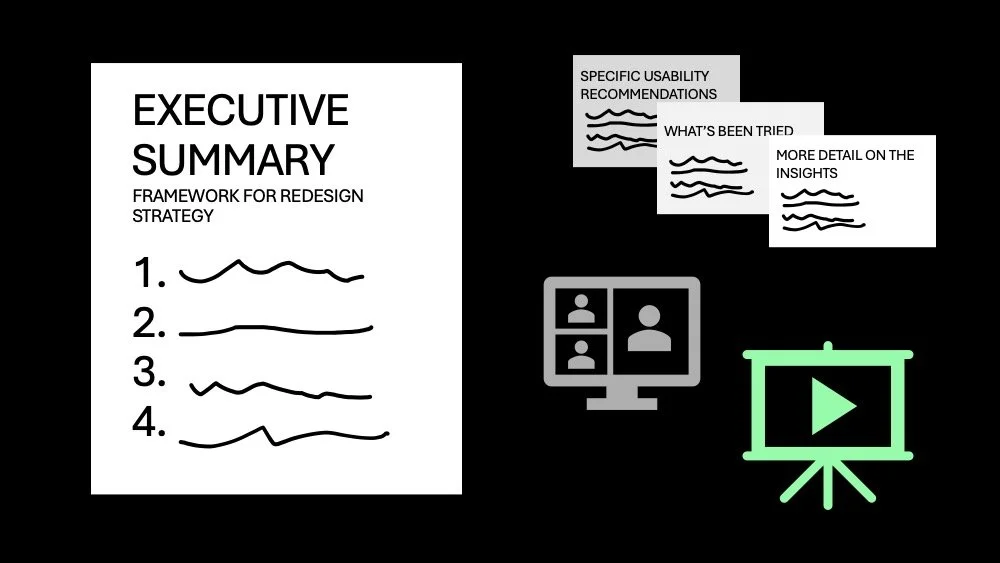Digital Redesign of Luxury Credit Card
Executive Summary
BACKGROUND
Client: Fortune 100 financial services company
Goal: Evaluate usability, increase signups for perks, and make the experience feel high-end, including:
Mobile and Web
Onboarding flows
Card activation
Logged-in experiences
Marketing content
Timeline: Winter–Spring 2025 (6 months, 3 rounds of iterative research)
My Role: Senior UX Researcher (Co-Lead)
Core Team: Researchers, Research Ops, UX Designers
IMPACT
Clear next steps and reduced risk for Design, Engineering, Marketing, and Copywriting teams to transform onboarding, activation, and digital experiences.
Strategic alignment and leadership confidence across product and business on research-backed priorities.
Cross-functional buy-in built through in-person workshops and a PR-style research film.
Convinced executives to prioritize user experience over forcing rigid onboarding flows.
Long-term Anticipated Growth in a high-stakes, competitive market
MY CONTRIBUTION
Co-led study design, participant recruitment, and analysis across three rounds of research (~50 customers).
Moderated interviews, usability tests, and workshops.
Designed a scalable analysis process in Dovetail/Miro for consistency and rigor.
Built a pop-up research studio for stakeholder observation and rapid ideation.
Produced a PR-style research film used to evangelize research across the organization.
Managed vendors and coordinated logistics for multi-city research.
Developed actionable final reports that clearly directed stakeholders to their next steps.





Let’s dive into more specifics…
BACKGROUND
A Fortune 100 financial services client asked us to evaluate and shape the digital redesign of their premium credit card. The project was high-visibility and required balancing business priorities (increase enrollment in perks) with design goals (create a high-end digital experience) to address competing stakeholder interests. We needed to run research that would highlight how to stay competitive in a market where products have high costs and customers have high standards.
The initial scope was a one-off usability study paired with some generative research, but after the first round demonstrated strong value, it expanded into a 6-month iterative research and design program.
My research partner and I were picked to lead this project for our combined ability to:
1) run research that would deliver results
2) develop an in-person learning experience for our clients
3) produce a research film that our client could use to evangelize research throughout their company.
PROCESS
Methods & Scale
In total, we had 3 rounds of in-person research (~50 customers total), including:
24 surveys + interviews + usability sessions + iteration / co-analysis workshops with cross-functional stakeholders (Design, Product, Marketing, Engineering, Copywriting, Business)
13 interviews + usability sessions
12 interviews + usability sessions
Why these methods at this scale?
Sample Diversity: need to test with enough participants across user types, devices, product journeys, and locations
Generative: desire to better understand expectations for luxury digital experiences more broadly
Evaluative: fast in-the-moment collaboration, iterative design, and validation with designers
Quick Buy-in: executives in-person see users’ pain first-hand and are more quickly convinced of strategic recommendations
Research Evangelism: executives across orgs see value of investing more in research like this
Challenges & Limitations
High-Visibility, High Stakes: More people wanted to get involved as the project progressed; VPs attended sessions; a flop would likely mean loss of a major client and huge loss of client’s customers.
Managing a Multi-Country Team: With only 1 hour of overlap between SF and London teams, proactive written communication was key.
Difficult Recruit: Hard-to-find participant cohorts; participants (fairly) don’t want to go out when its snowing; onboarding a new recruit partner.
Creating a Lab from Scratch: Logistics of finding and building a space in a city none of us lived in; participants and stakeholders all in one space but can’t see each other; it was snowing!
Quick Timelines within Rounds: Prototypes locked in only a few days in advance of sessions; travel, jet lag, and analysis all in 1 week; strict fintech privacy rules prohibited use of AI tools to aid analysis.
Complex Testing Setup: Multiple prototypes across devices and operating systems; streaming to in-room and remote observers; testing screen-based and analog experiences.
Scaling Agency-side Analysis Processes
Our agency was changing a lot at the time of this project, and since this project was iterative in nature, three of us decided to use it as an opportunity to build repeatable analysis systems to:
speed up research across this and future projects.
prevent starting from scratch with each project or new teammate.
move messy, real-world data into collaborative online workspaces quickly and effectively.
ensure outputs were client-ready with minimal turnaround time.
improve inter-rater reliability and traceability from research objectives → findings → insights → recommendations.
I personally took a lead role in designing and refining our note-taking and analysis process.
Why?
A good note-taking system gets some analysis done in the moment.
It highlights anything missing while the participant is still there with you.
The client had strict rules against using AI tools with participant data, preventing use of some analysis methods we had already scaled.
Analysis was a hard-to-explain, almost intangible process for many on the team. I’d really been feeling the pain of not having a clear process and felt it needed to change in order to teach incoming teammates.
Client researchers wanted to collaborate with us on analysis, meaning we’d need to polish our outputs and be explicit about what we needed when working with them.
Eventually, we landed on an approach we could turn into a template that multiple members of our agency had validated across rounds.
IMPACT
Actionable Outputs: Delivered an Exec Summary with clear takeaways and recommendations after each round, giving Design, Engineering, Marketing, and Copywriting teams specific next steps; included links to further detail if desired.
Reduced Risk: Enabled Design and Engineering teams to move forward with validated flows and clear usability fixes.
Executive Influence: Shifted leadership away from rigid onboarding flows toward more user-friendly flows that balanced business goals with customer needs.
Strategic Confidence: Gave executives confidence that the redesigned experience was positioned to attract and retain customers in a highly competitive market.
Cross-Functional Buy-in: In-person workshops and a research film created empathy, broke down silos, and secured alignment across Product, Business, Marketing, and Engineering.
Long-term Anticipated Growth: Research-backed priorities are expected to drive higher enrollment and engagement at launch and beyond.
Marketing Alignment: Provided guidance on messaging and content strategy to better highlight card benefits for target customers.
Research Investment: Evangelized research within the client org, leading to increased visibility and further investment in research programs.
